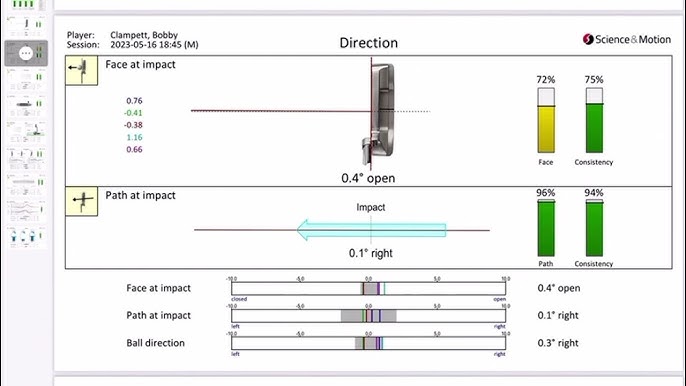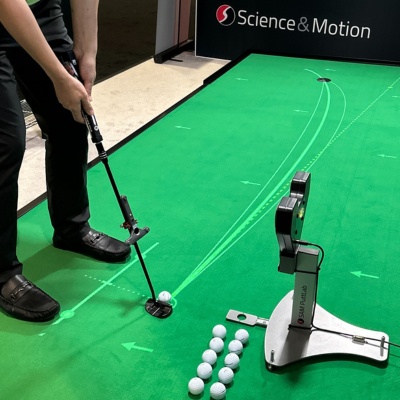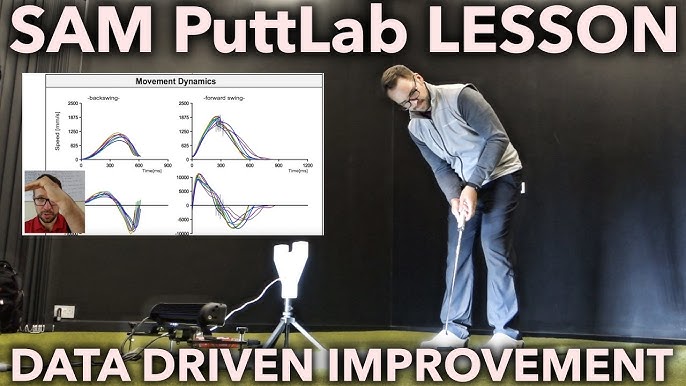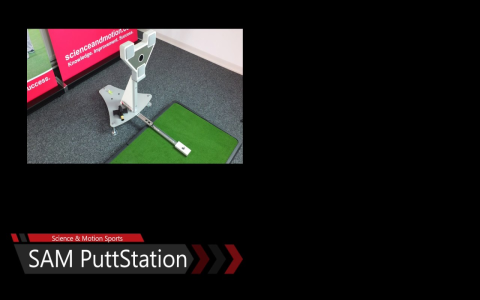Alright, let’s talk about putting. For the longest time, my putting felt like a total guessing game. Some days okay, most days pretty frustrating. I’d tinker with my grip, my stance, you name it, but nothing really stuck. I kept hearing about this high-tech analysis stuff, specifically something that measures your stroke in crazy detail. Curiosity finally got the better of me, so I booked a session to see what it was all about.

My First Encounter
Walking into the studio, I saw the setup. It looked kind of serious, with sensors and a computer screen. The pro there got me started. They stuck a small sensor onto my putter shaft. Felt a bit weird at first, having something extra attached to my flatstick. Then, they had me hit a bunch of putts towards a target on their mat.
I just did my usual thing, trying to make what felt like a decent stroke. After about ten putts or so, the pro turned the screen around. And wow. That was an eye-opener.
Seeing the Numbers
It wasn’t just numbers; it showed animations of my stroke, graphs, all sorts of things. What really jumped out immediately was my putter face angle at impact. I always thought I aimed straight and hit it straight. Turns out, my putter face was consistently a little open when I hit the ball. Not by much, maybe a degree or two, but enough to make a difference, especially on longer putts.
Then there was the putter path. I kind of suspected I took it back a bit outside, and the data confirmed it. It wasn’t a huge loop, but it wasn’t the gentle arc I was picturing in my head.
- Face Angle: Consistently slightly open at impact.
- Putter Path: A bit more outside-to-in than I realized.
- Impact Spot: Mostly okay, but a few hits were slightly towards the heel.
- Timing/Rhythm: My backswing was a bit quicker than my through-swing sometimes.
Seeing it all laid out like that was… humbling. My feel was definitely not real. The system picked up stuff I couldn’t possibly sense on my own.

Making Changes Based on Feedback
Okay, so I had the data. Now what? The pro and I worked through it. We didn’t try to rebuild my entire stroke overnight. That would have been overwhelming. We focused on one main thing first: that open putter face.
We tried a few drills right there, using the system for instant feedback. Hit a putt, look at the screen. Was the face square? Nope. Adjust, try again. Hit another. Closer this time. It became a bit of a game. I started getting a better feel for what a square face actually felt like at impact, rather than just guessing.
We also worked a little on tempo, trying to smooth out that transition from backswing to through-swing. Again, the visual feedback helped a ton. I could see the graph representing my stroke’s rhythm change as I focused on a smoother motion.
Did it Actually Help?
Short answer: yes. It wasn’t magic, though. I had to take what I learned and actually practice it. The biggest thing was the awareness. Before, I was just flailing around, trying random fixes. Now, I had specific things to focus on.
I spent time on the practice green just focusing on keeping that putter face square through impact, using some alignment aids. I worked on tempo drills. Slowly, very slowly, I started seeing more putts roll end-over-end and hold their line. My misses became closer misses.

On the course, the main difference is confidence. When I stand over a putt now, I have a clearer mental picture and a better feel for what I need to do. I still miss putts, obviously – everyone does. But I feel like I have more control, and the really bad days are less frequent. It stopped feeling like pure luck and more like something I could actually manage.
So yeah, getting hooked up to that system was definitely worth it for me. It cut through the guesswork and gave me concrete things to work on. If you’re serious about improving your putting and feel stuck, checking out something like this might just give you the breakthrough you need. It certainly helped me understand my stroke way better than just hitting balls aimlessly.





